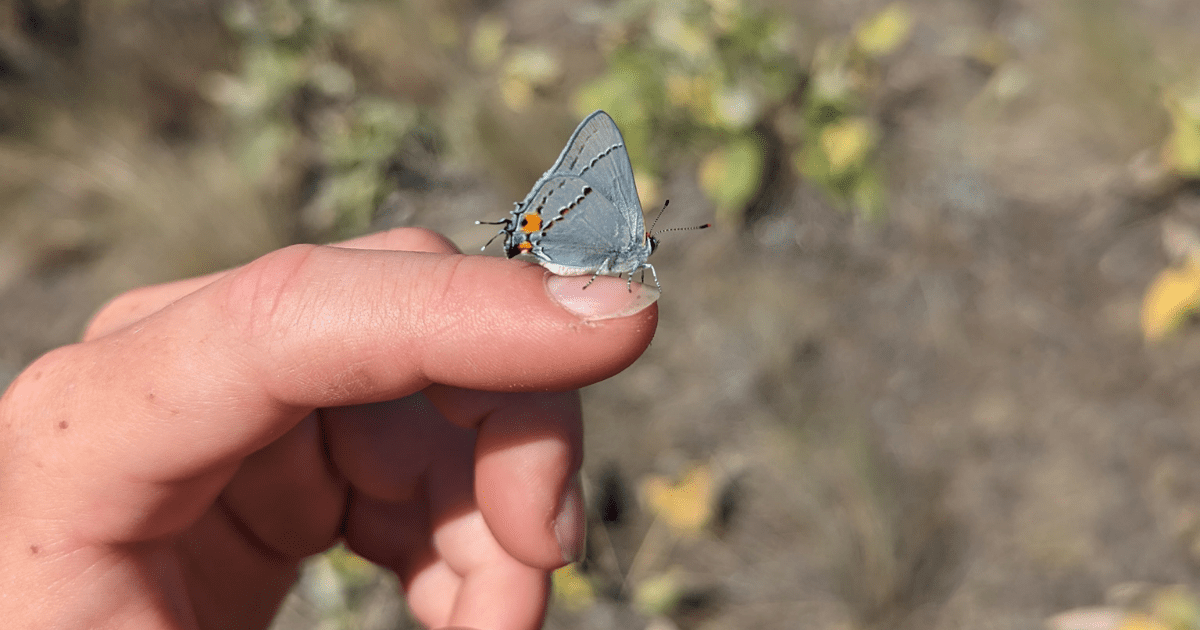
Words & original artwork by Katelyn Michaud
For as long as I can remember, nature has held a special place in my heart. Its mesmerising colours and complexities have always left me in awe. However, it wasn’t until I started working outdoors and using iNaturalist that I truly began to notice the beauty of the flora and fauna that surrounds me daily, along with the incredible joy that comes from contributing to citizen science.
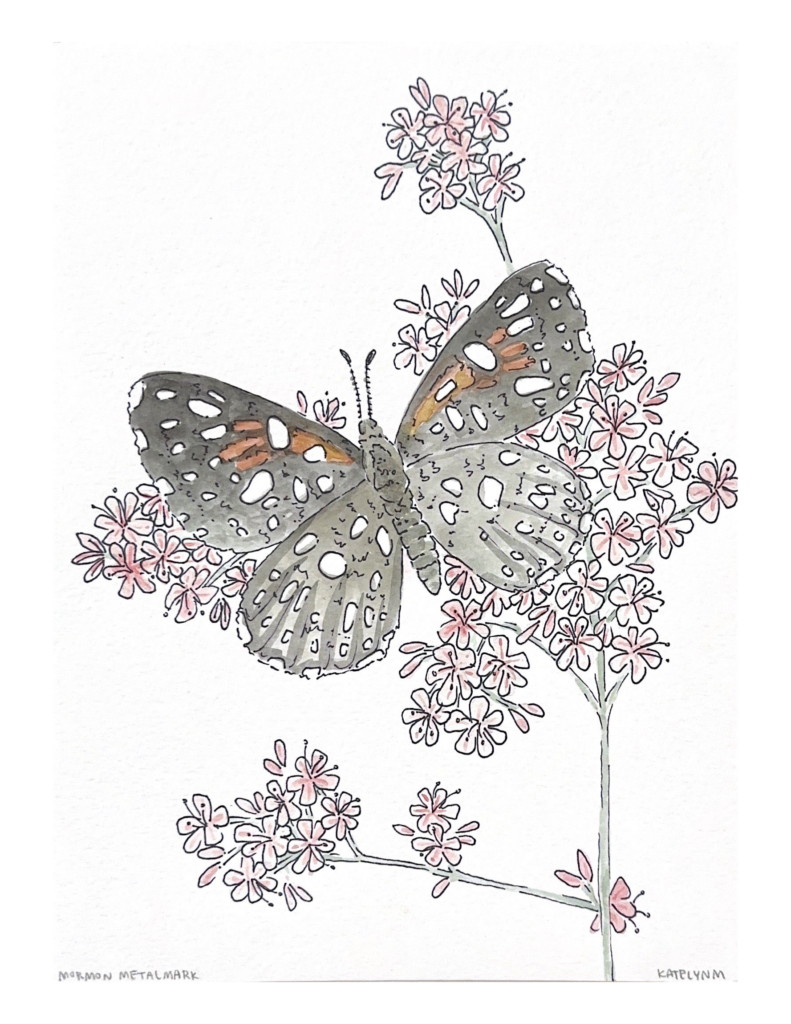 In our busy and distracting lives, it’s often the simplest things that bear the most profound beauty. Such is the case with flowers and butterflies. In their delicate and intricate designs, I discovered more and more detail the closer I looked. The more time I spent observing a plant or an insect, the more I fell in love with them.
In our busy and distracting lives, it’s often the simplest things that bear the most profound beauty. Such is the case with flowers and butterflies. In their delicate and intricate designs, I discovered more and more detail the closer I looked. The more time I spent observing a plant or an insect, the more I fell in love with them.
As I conducted more field surveys, iNaturalist quickly became an invaluable tool to help me identify and understand the species I encountered. Once a species observation is uploaded to iNaturalist, fellow expert naturalists verify the identification, and the data can be used to help scientists and resource managers understand when and where organisms occur. Citizen science is an excellent way to document incidental observations of cryptic species that are uncommon and not well-recorded.
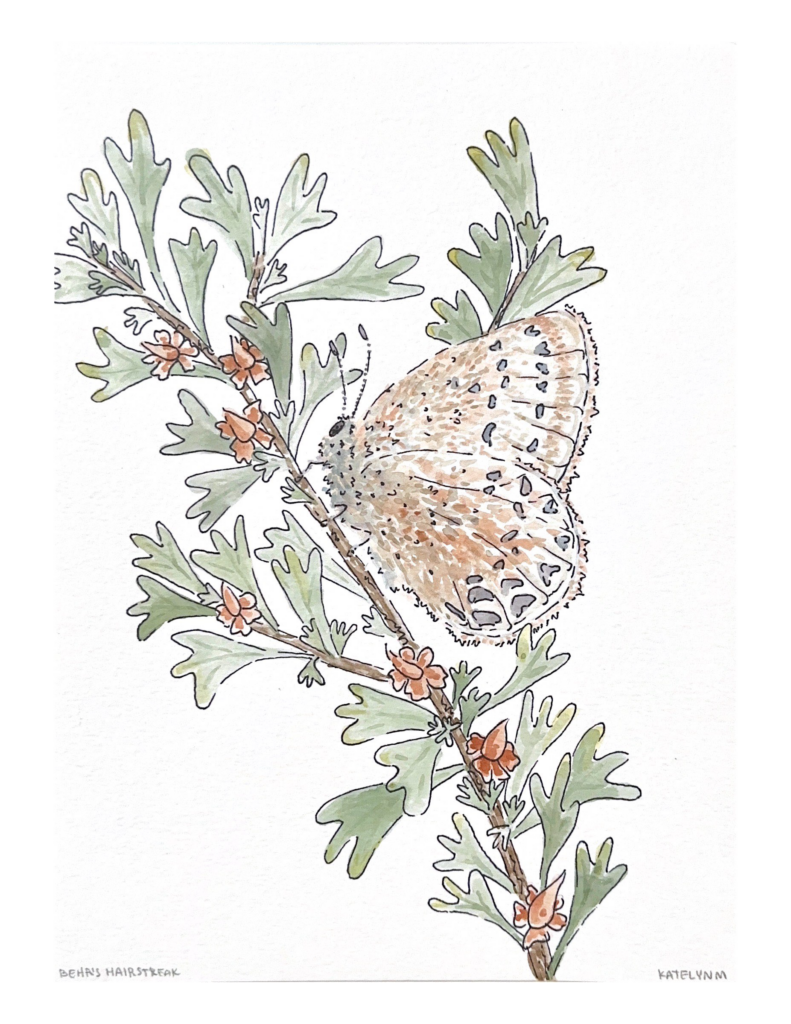
Our conservation field team uses iNaturalist to know when and where to survey species at risk. This year, we surveyed three Red Listed butterfly species in British Columbia: the Half-moon Hairstreak (Satyrium semiluna), Behr’s Hairstreak (Satyrium behrii), and Mormon Metalmark (Apodemia mormo). We use research papers, local knowledge, and recent iNaturalist observations to determine when we should prioritise conducting surveys, as many of the butterflies we survey have a narrow flying window of approximately two weeks, depending on weather.
Each of these butterfly species have a specific host plant upon which they rely on to lay their eggs: silky lupine, Antelope-brush, and snow buckwheat respectively. The Nature Trust of British Columbia acquires land and conducts restoration projects to protect and enhance these essential ecosystems and plants.
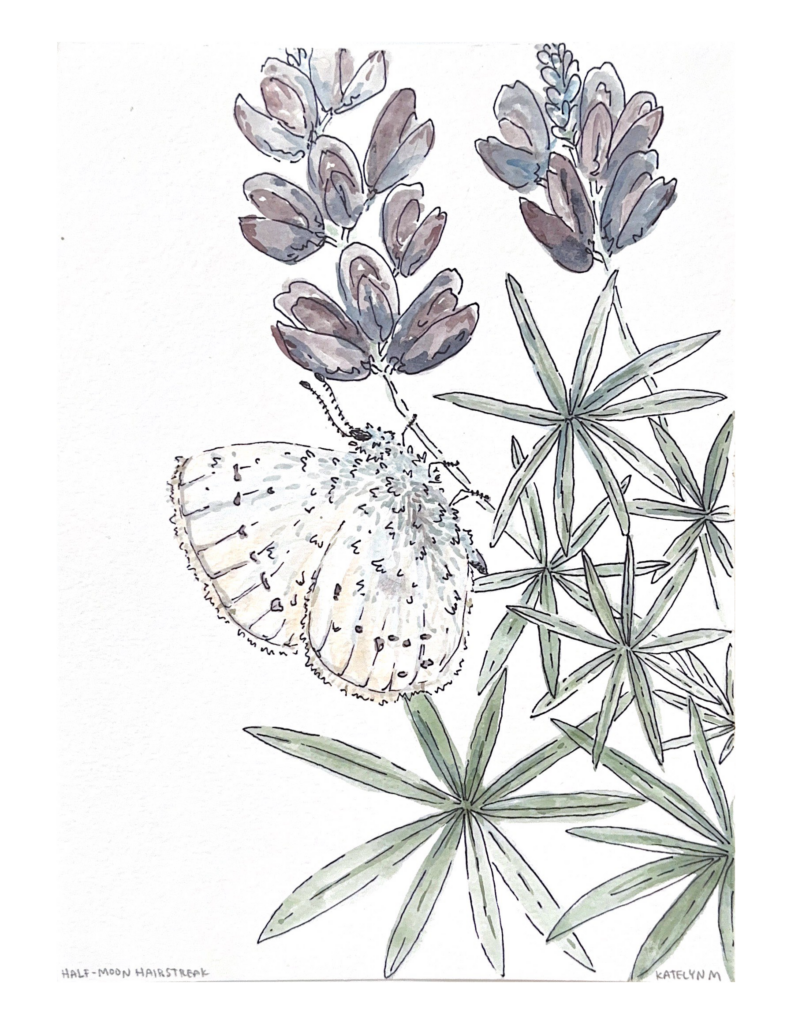
Using iNaturalist to survey landscapes and species at risk has given me more than just knowledge about species; it’s fostered a profound connection to the natural world’s beauty. I’ve developed a heightened appreciation for the fragile ecosystems where these exquisite butterflies thrive, and I’ve grown more conscious of our shared responsibility to preserve them and their habitat.
So, I encourage you to consider not only stopping to smell the flowers but also chasing the butterflies; you will be surprised at what you find.
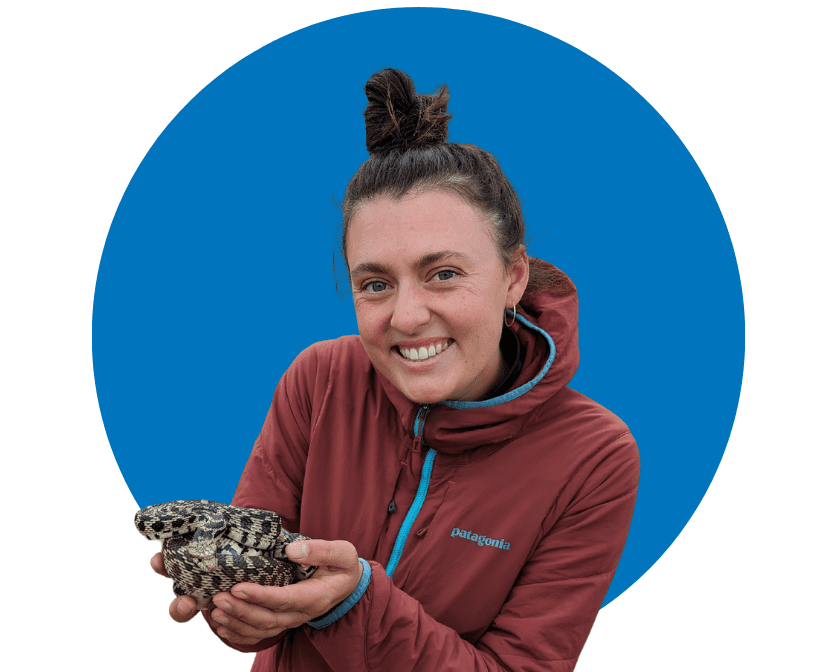 Written by Katelyn Michaud, Okanagan Conservation Field Crew
Written by Katelyn Michaud, Okanagan Conservation Field Crew

